La mediatización audiovisual de la ópera como proceso de apertura a nuevos públicos: El caso de la Obra Don Giovanni de W. A. Mozart
dc.contributor
Universitat Internacional de Catalunya. Departament de Comunicació
dc.contributor.author
Villanueva Benito, Isabel
dc.date.accessioned
2014-04-24T12:02:28Z
dc.date.available
2015-10-25T06:45:07Z
dc.date.issued
2014-03-26
dc.identifier.uri
http://hdl.handle.net/10803/133285
dc.description.abstract
En el siglo XX nacieron y se consolidaron las relaciones entre la ópera y los medios audiovisuales. En los estudios estéticos orientados al análisis de estas relaciones y sus efectos sociológicos, se reconoce la naturaleza audiovisual de la ópera, tradicionalmente entendida como un arte basado en la temporalidad narrativa cuyas notas esenciales bien pueden aplicarse al discurso audiovisual. Aplicando la perspectiva que ofrece el concepto de mediatización, que posibilita un estudio del tema desde la disciplina de las Ciencias de la Comunicación, se advierte que gracias a esa naturaleza audiovisual, durante más de 100 años la ópera ha sufrido un proceso lógico de audiovisualización para relacionarse con la sociedad, fuera de los escenarios. Aunque este fenómeno le ha posibilitado una difusión masiva, la relación con los medios ha parecido basarse en la función difusora que estos han ejercido sobre el arte, ya que los productos audiovisuales resultantes no han contemplado ni las lecturas, ni los lenguajes más propios de las lógicas mediáticas que hoy rigen las realidades sociales. Con la llegada de la era digital en siglo XXI, preocupadas por el cambio generacional que viven hoy los públicos asistentes al espectáculo presencial, las instituciones operísticas replantean sus relaciones con los medios, reconociendo ahora no solo el valor que tienen como herramientas de comunicación, sino su potencial valor educativo, tan necesario para que su arte pueda ser entendido por los nuevos públicos de una forma más real, actualizada y enriquecida. Para favorecer el diálogo con estas audiencias, la ópera lanza estrategias de comunicación a gran escala a través de los medios digitales. En este proceso, el nuevo reto que la ópera afronta es conseguir armonizar los usos que los públicos dan a los contenidos y a los medios, con los productos que puede ofrecerles para atraerles, educarles y fidelizarles. En el nuevo contexto teórico que ofrece la mirada de la mediatización, a través de un exhaustivo estudio teórico y un análisis empírico de una muestra de la oferta audiovisual del arte, este trabajo persigue ayudar a la ópera a adaptar sus procesos de comunicación audiovisual al nuevo contexto social, para que pueda lograr dialogar con las audiencias de una forma más eficaz y, con ello, ampliar sus públicos.
spa
dc.description.abstract
In the twentieth century, the relationships between opera and visual media was born and
consolidated. In the esthetic studies- the focus on the analysis of these relationships and its
sociological effects- the visual nature of opera is recognized. Traditionally, the opera has been
understood as an art, based on narrative temporality, whose essential notes may well apply to the
audiovisual speech. Applying the concept of mediation, which allows studying the subject from the
discipline of Communication Sciences, it’s warned, that thanks to the audiovisual nature, that for
more than 100 years, the opera has experienced a logical process of audiovisual mediation in order
to relate to society, out of the stages. Although this phenomenon has enabled a massive
dissemination, the relationship with the media seems to be based on the diffusion function that the
media have had on art- since audiovisual products have not considered readings, neither the most
logical languages that nowadays govern social realities. With the advent of the digital age in the XXI
century, opera organizations concerned about the generational change that the face-to-face orients’
spectacle experience today, have rethought their relations with the media; now recognizing, not
only their value as tools of communication but its potential educational value, so necessary to this
art, can be understood by new audiences, in a more real way, updated and enriched. To encourage
dialogue with these audiences, the opera throws, on a large scale, communication strategies through
digital media. In this process, the opera faces a new challenge: to harmonize the uses that the
audiences give to the media content with the products they can offer to attract them, to educate
them, and to build their loyalty. In the new theoretical framework that offers the sight of the media
coverage, through a theoretical study and an empirical analysis of the art audiovisual technology,
this paper aims to help the opera to adapt their processes to the new audiovisual media social
context in order to achieve a more efficient dialogue with audiences, and thus renew their public.
eng
dc.format.extent
621 p.
dc.format.mimetype
application/pdf
dc.language.iso
spa
dc.publisher
Universitat Internacional de Catalunya
dc.rights.license
L'accés als continguts d'aquesta tesi queda condicionat a l'acceptació de les condicions d'ús establertes per la següent llicència Creative Commons: http://creativecommons.org/licenses/by-nc-nd/3.0/es/
dc.rights.uri
http://creativecommons.org/licenses/by-nc-nd/3.0/es/
*
dc.source
TDX (Tesis Doctorals en Xarxa)
dc.subject
Ópera
dc.subject
Mediatización
dc.subject
Públicos
dc.subject
Cine
dc.subject
Audiovisual
dc.subject
Don Giovanni
dc.subject
Artes escénicas
dc.title
La mediatización audiovisual de la ópera como proceso de apertura a nuevos públicos: El caso de la Obra Don Giovanni de W. A. Mozart
dc.type
info:eu-repo/semantics/doctoralThesis
dc.type
info:eu-repo/semantics/publishedVersion
dc.subject.udc
070
cat
dc.contributor.authoremail
Isabeluic@gmail.com
dc.contributor.director
Radigales, Jaume, 1969-
dc.embargo.terms
18 mesos
dc.rights.accessLevel
info:eu-repo/semantics/openAccess
dc.identifier.dl
B-9631-2014


